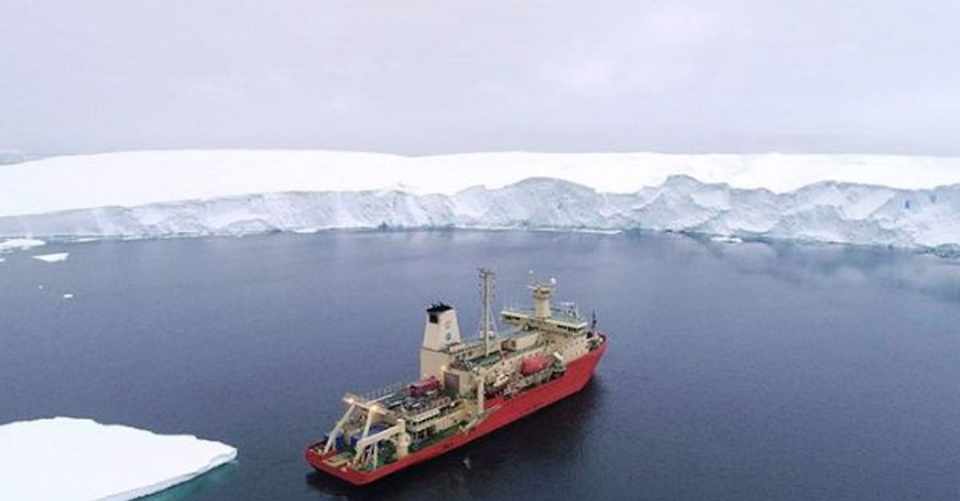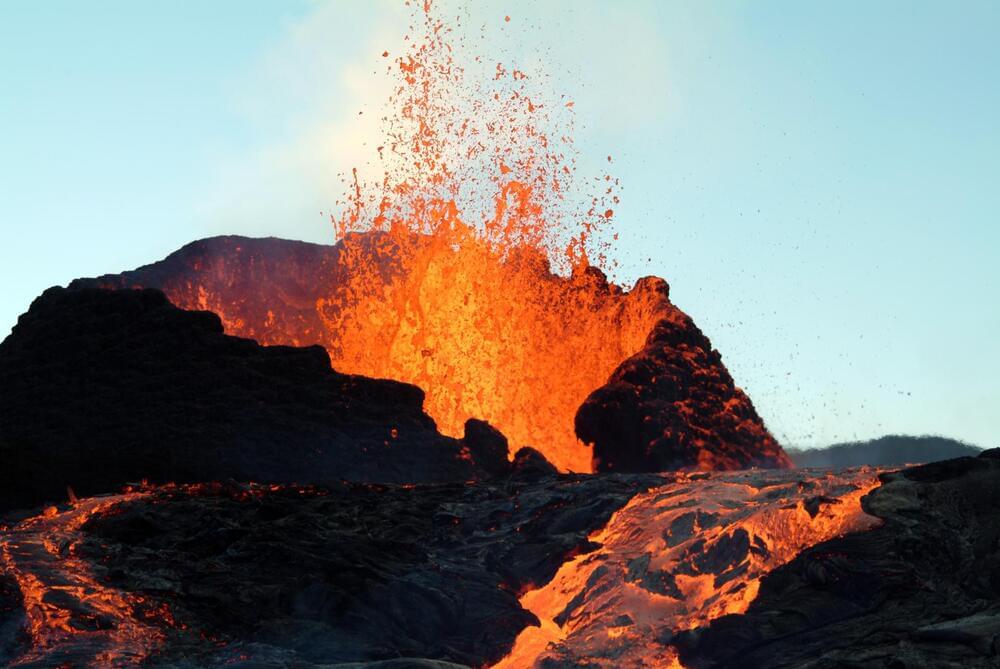
The new district will create over 4,000 jobs.
Architectural practice URB has been commissioned to engineer the world’s largest Urban Tech District along the Al Jaddaf Creekside in Dubai. “Rising population, urbanization and impacts of climate change are increasing the need for cities to be resilient, liveable and smart. Thus the creation of sustainable cities is no longer a choice, it has become a necessity. This requires planners with experience in designing and delivering sustainable communities,” says URB on its website.
The new construction will join the global transition towards achieving net-zero carbon goals and become home to top-tier entrepreneurs, establishing Dubai as an urban center for innovation and empowering a unique tech ecosystem to unfold in the emirate and across the world. It will also feature several commercial and educational facilities. population, urbanization and impacts of climate change are increasing the need for cities to be resilient, liveable and smart. Thus the creation of sustainable cities is no longer a choice, it has become a necessity. This requires planners with experience in designing and delivering sustainable communities, says URB on its website.


















